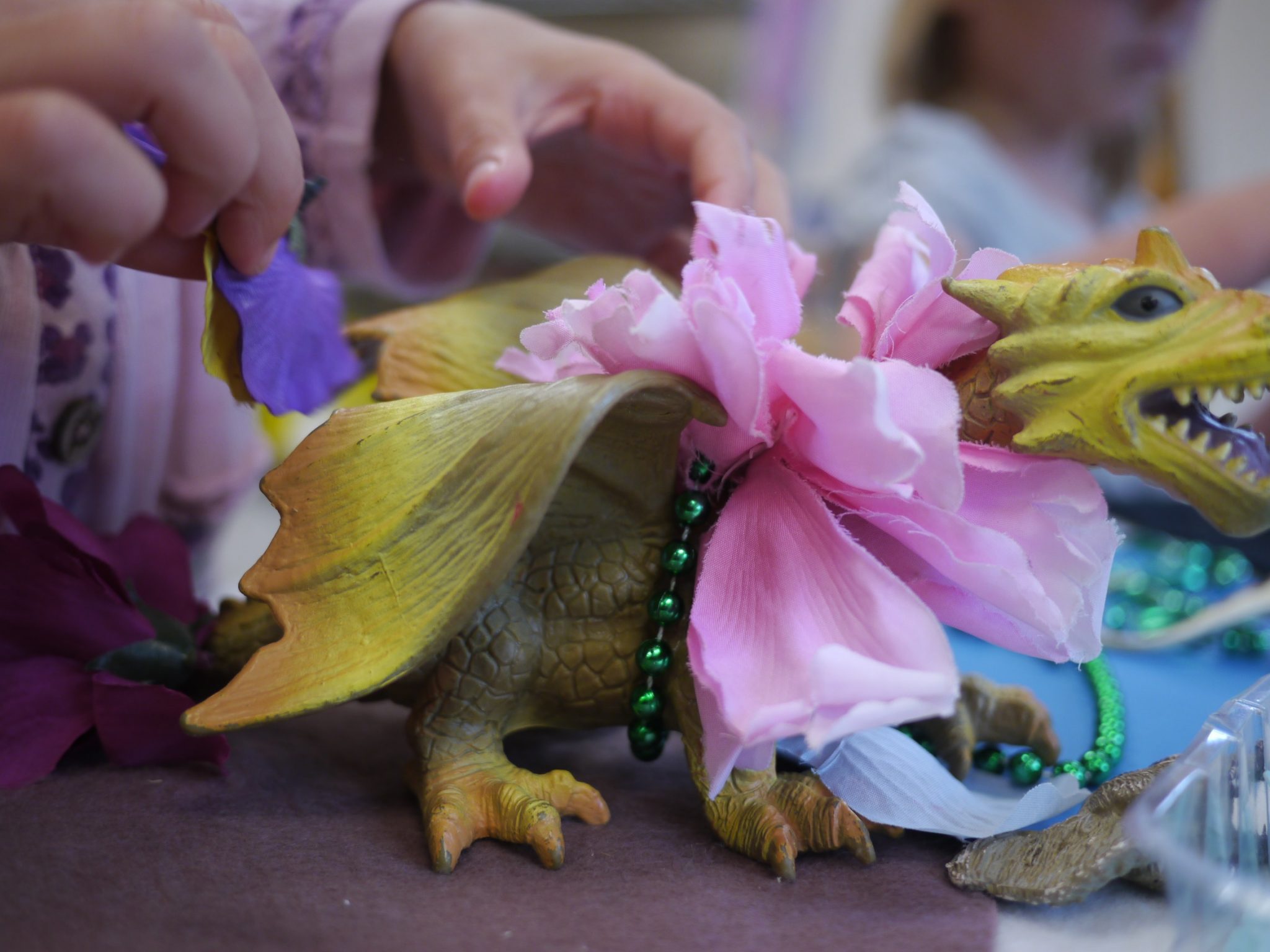Speaking in Tongues

Who are these children? How can we bring their voices to the world?
At our staff gathering to begin the school year, we read and discussed Zadie Smith’s essay “Speaking in Tongues.” While a 2008 lecture delivered by the author of White Teeth might seem an unusual choice to launch into a year of working with young children, it’s just the kind of text we’re always looking for. When Loris Malaguzzi was asked what he thought people eager to deepen their understanding of the approaches to learning underway in Reggio Emilia, he said that he would start with Nobel Peace Prize winners: it’s those texts that lead us to understand with appropriate gravity and ambition the very human work we’re doing. In this case, I think that Smith’s piece was selected because Opal School aims, in Smith’s words, to develop “a certain kind of genius… a creative sense of disassociation in which the claims that are particular to [one voice] seem no stronger than anyone else’s”; where in “two voices there exists no contradiction and no equivocation but rather a proper and decent human harmony.”
In the piece, Smith reflects on (the then newly elected) Barack Obama’s remarkable ability to assume a wide range of voices. She associates this gift with his residency in “Dream City,” where “everything is doubled, everything is various.” She wonders whether this gift, more likely found in a poet than a politician, will be an asset or a stumbling block in his presidency.
The piece led me to think about how we, as teachers, engage in what many have called “a pedagogy of listening and relationships.” What are the different ways we are listening, and toward what aims?
Perhaps the most fundamental dimension of the empathy called for in teaching is driven by compassion, concern, and connection to the individual. At this level – I think the one most common for adults who work with young people – the teacher’s attention is much like a social worker. When engaging with the voice in this role, the teacher is relating to an individual in order to support her social emotional well-being. This is the heart-work of teaching, essential to the craft.
A second way in which teachers might assume the voice of children is when they take on the role of researcher. Here, the purposes of listening and taking voice can be varied: The teacher-researcher is documenting the voices to figure out what is happening in the learning process; to make decisions regarding next steps; to develop a greater understanding of the unique perspectives of childhood. This dimension professionalizes the field.
A third calling for teachers to enter Smith’s “Dream City” is as an advocate for the rights of children. When the teacher has listened to children with an empathetic ear, driven by compassion and curiosity, she can then bring the voices of children to a greater public who, perhaps, aren’t attentive to the gifts children offer the world and the relationship between conditions and fulfillment. Moving into this dimension recognizes the sociopolitical context of the work. When teachers relate these voices to the world, they do so with the potential of inspiring change.
Opal School teacher-researchers are operating with this range of purposes interdependently and constantly. When we welcome participants to our professional development programs, we do so assuming that all of them have the intention to operate with all of these purposes – and that, if they don’t yet realize this, it is our purpose to inspire these convictions. Smith’s piece helps me understand just how ambitious an undertaking this is, and why it’s so fraught with challenge: challenges both internal, in welcoming and supporting new staff, and external, in our outreach efforts to pursue our mission.
Or maybe not. Smith writes that monocultural Americans who rejected Obama’s range of voices “underestimated how many people come from Dream City, how many Americans, in their daily lives, conjure contrasting voices and seek a synthesis between disparate things.” Perhaps, accordingly, there is a readiness for teachers – and an educational system – that moves toward a “republic of the imagination”, where children and adults learn to live in “a proper and decent human harmony.”
I hope so – and I hope that our new website will be part of pursuing Dream City. Come on in: Let’s speak in tongues together.
